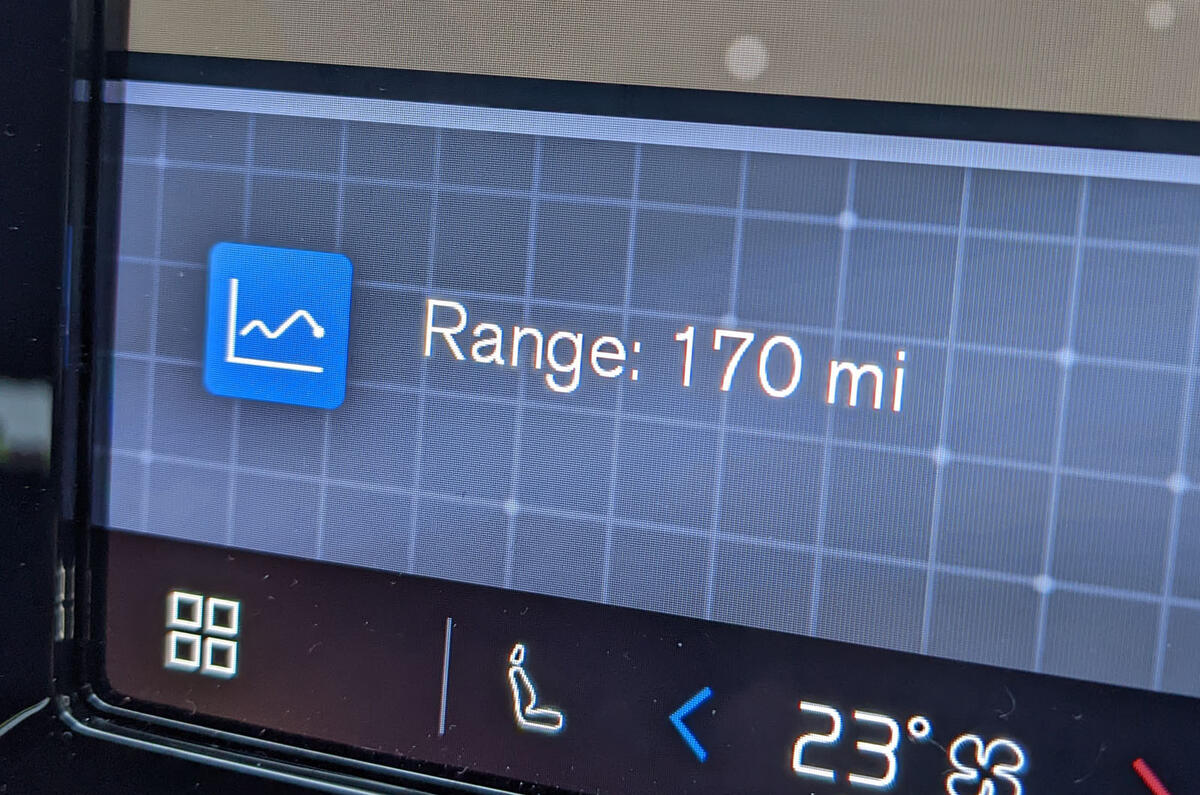WAE has launched a new battery technology spin-off, dubbed Elysia, whose proprietary software package is claimed to substantially boost the range and performance of any electric car.
According to technical lead Tim Engstrom, the goal of Elysia is “understanding [battery] health in a multidimensional way” so that the firm can “unlock the maximum performance through life as that battery degrades”.




Add your comment